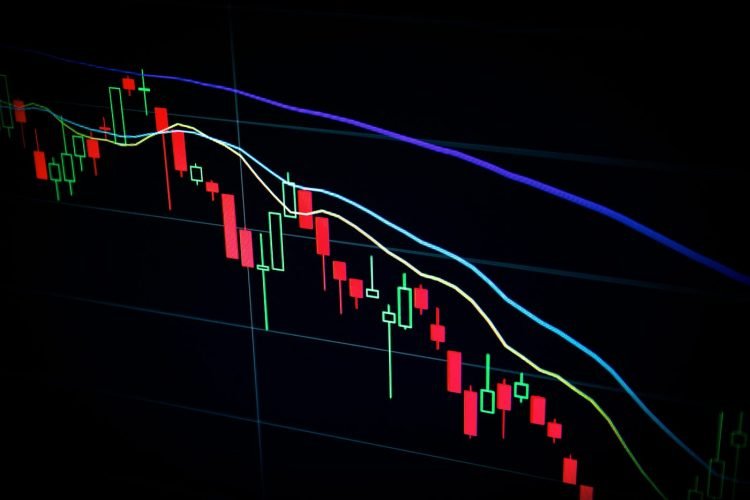In the fast-paced world of finance, High-Frequency Trading (HFT) has emerged as a driving force. This article explores the intricacies of HFT, shedding light on its significance, technological underpinnings, and the need for a deeper understanding. You have to look into investment education if you want to make informed decisions. You can click here to visit site which will connect you to top education firms and learn the art of investing.
Market-Making Strategies
Market-making strategies are at the heart of High-Frequency Trading (HFT), driving liquidity in financial markets with precision and efficiency. These strategies are a cornerstone of HFT, characterized by their ability to provide continuous buy and sell quotes for a wide range of assets, such as stocks, bonds, or derivatives.
In essence, market makers act as intermediaries, always ready to facilitate trades by maintaining bid and ask prices. This approach ensures that there is a constant flow of orders and, consequently, liquidity in the market. The strategies employed by market makers are far from arbitrary; they rely on sophisticated algorithms that consider various factors, including market trends, order flow, and pricing models.
One primary goal of market-making strategies is to profit from the bid-ask spread—the difference between the buying (bid) and selling (ask) prices. By continuously adjusting these prices based on market conditions, market makers aim to capture this spread. It’s important to note that the margins earned from each trade might be slim, but the high volume of trades executed within milliseconds can result in substantial profits.
Market makers must also manage their risk exposure effectively. To do this, they employ dynamic pricing algorithms that assess the market’s volatility and adjust their spreads accordingly. This risk management aspect is crucial to prevent substantial losses due to sudden market fluctuations.
Arbitrage Strategies
Arbitrage strategies form a core component of High-Frequency Trading (HFT) techniques, capitalizing on fleeting price differentials in financial markets. These strategies hinge on the fundamental principle of exploiting price inefficiencies by simultaneously buying and selling the same or related assets across different markets. The goal is to pocket the profit from these price disparities, often within fractions of a second.
To illustrate, consider a scenario where a specific stock is trading at $100 on one exchange and $101 on another. An arbitrageur would swiftly purchase the stock on the cheaper exchange and simultaneously sell it on the more expensive one. This instantaneous action capitalizes on the $1 price difference, with the trader profiting from the arbitrage.
Key to the success of arbitrage strategies in HFT is the ability to execute these trades at lightning speed. Automated algorithms, equipped with sophisticated trading infrastructure, continuously scan multiple markets for such opportunities and execute trades with minimal latency. This high-speed execution ensures that arbitrageurs can capitalize on fleeting price divergences before they normalize.
Arbitrage strategies encompass various forms, including statistical arbitrage, triangular arbitrage, and spatial arbitrage. Statistical arbitrage relies on statistical models to identify correlated assets whose price movements can be predicted. Triangular arbitrage involves exploiting exchange rate inconsistencies in the foreign exchange market. Spatial arbitrage seeks to profit from price differences between related assets within the same market.
Statistical Arbitrage
Statistical arbitrage, a prominent High-Frequency Trading (HFT) strategy, is founded on the application of statistical models and quantitative analysis to identify and capitalize on short-term price discrepancies in financial markets. Unlike traditional arbitrage, which exploits immediate price differentials, statistical arbitrage seeks to identify patterns or relationships between assets and predict their future price movements.
At its core, statistical arbitrage relies on the concept of mean reversion—the idea that, over time, asset prices tend to return to their historical averages. Traders employing statistical arbitrage strategies identify assets that have temporarily deviated from their expected price levels. This deviation can be due to various factors, such as market sentiment, news events, or macroeconomic indicators.
Statistical arbitrage strategies encompass a wide array of mathematical models and statistical techniques. Common approaches include cointegration analysis, pairs trading, and machine learning algorithms. These models analyze historical data, looking for relationships or correlations between assets that can be exploited when they deviate from their expected behavior.
Pairs trading, for example, involves selecting two correlated assets and taking long and short positions on them simultaneously. When the spread between the two assets widens beyond historical norms, the trader can profit by closing the positions when the spread reverts to its mean.
Conclusion
As financial markets continue to evolve, the relevance of High-Frequency Trading remains undeniable. This guide has delved into the fundamentals, strategies, and ethics surrounding HFT, equipping you with a nuanced perspective. With innovations like Bitcoin Loophole, the future of trading is poised for exciting transformations, making HFT an essential topic for both traders and enthusiasts alike.

